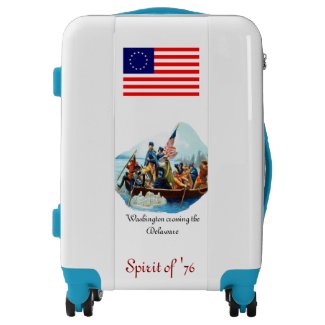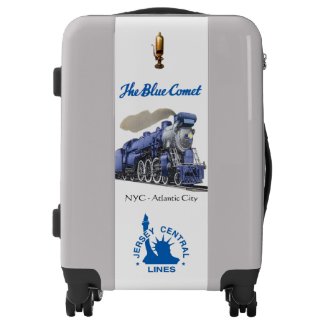Camp Ro-Li
There was a vision for Belleville. It was a grand vision. Belleville was to become a superior place in which to live and raise children; a model for what living in America should be like. The vision came into being during WWII and was meant to be implemented at the start of the post-war period. It was conceived by the great industrial leaders at Walter Kidde, Wallace & Tiernan and Eastwood Nealley.
During the threatening days of WWII, Belleville was a fine-tuned war machine. It’s fighting men excelled on the battle fronts. Its workers excelled at producing copious quantities of high quality war materials. Its citizens excelled at the tasks of gathering critically scarce materials, raising funds and creating a civil defense program to protect this high-profile- target town. Belleville was to be richly rewarded for its spearhead aggressiveness during the war.
Three five-star Generals of the home front; Walter Kidde, Martin Tiernan and Harry Specht (of Eastwood Nealley) joined forces to create the Belleville Foundation. They provided their prodigious organizing skills and considerable wealth accrued from war contracts for the task of creating this foundation which would launch our town into a post war role-model position to lead America in peace as it was in war. These men developed an eight-point program which would accomplish this goal for the town. It was a program for which they intended to provide the seed money to implement and their personal persuasive skills to ensure its success. One of the highlights of the program was to create as many as possible open space recreation areas for both adults and children. Recognizing the natural human need to avoid confining spaces, they provided the funds and, acting through the town council, commissioned the National Recreation Association to develop a master plan. It was a really good plan.
Although the post war demands of real estate developers blocked much of the plan’s best features, there was one element which was carried out in stellar fashion to demonstrate what might have been if the entire plan had been achieved. It was Camp Ro-Li. The Belleville Foundation purchased a tract of land on the shores of Glen Wild Lake where a summer camp for the town’s children was created. It had been originally known as Camp Demarest, named for the famous Bloomfield resident Charles Demarest. Already a functioning summer camp, it needed few improvements to make it suitable for its new purpose. The Foundation funded the purchase price, remodeling costs and the first two year’s operating expenses after which the administration was given over to the Rotary Club and Lions Club to operate as a joint venture. The name of the camp came from merging these two names ROtary – LIons. It was a wonderful place.
For many years, beginning in 1946, the children of Belleville, ages 8 to 13, could, for a modest fee, spend two weeks at the camp. And what a time they had ! There was swimming (with Red Cross instructors in attendance), boating, hiking, nature exploration, Indian pow-pows, crafts, theater, camp fires, story-telling, barbecues, marshmallow roasts, campfire sing-a-longs at overnight campsites in the woods, treasure hunts, movies, talent shows and just so much more. There were sports including archery, fishing, baseball and volleyball.
Six children would bunk together with a counselor in a wooden cabin by the lake. There were ten cabins in all. The camp was on 5 wooded acres adjacent to a State forest preserve with many nature trails. It had 400 feet of lake frontage with docks, rowboats, canoes, a diving board, areas for both advanced and beginning swimmers and a fishing pier. In addition to the ten cabins, there was a lodge and dining hall, a trading post (for buying life’s necessities such as candy or post cards to send home to mom and dad), craft cabins, nature study cabins and a dispensary with a nurse always in attendance. This camp is remembered so very fondly by those who were there.
It is very likely that there are still quite a few “grown-ups” in town who went to camp there. If the reader has not been there, ask around town; you may hear some pretty wild stories :) .
Your author here present, is unaware of what year the camp ceased operations. It was still there in 1969 and probably through the ‘70s. If any reader here knows when the camp closed, please drop me a line. And, if any reader would like to share their personal recollections of the camp, to be used in a future article here on the Blog, send them along. Be sure to tell me if you want your name mentioned or if you would rather your story be anonymous. Use this e-Mail address : pl90525@yahoo.com
Labels: Bellevlle NJ























<< Home